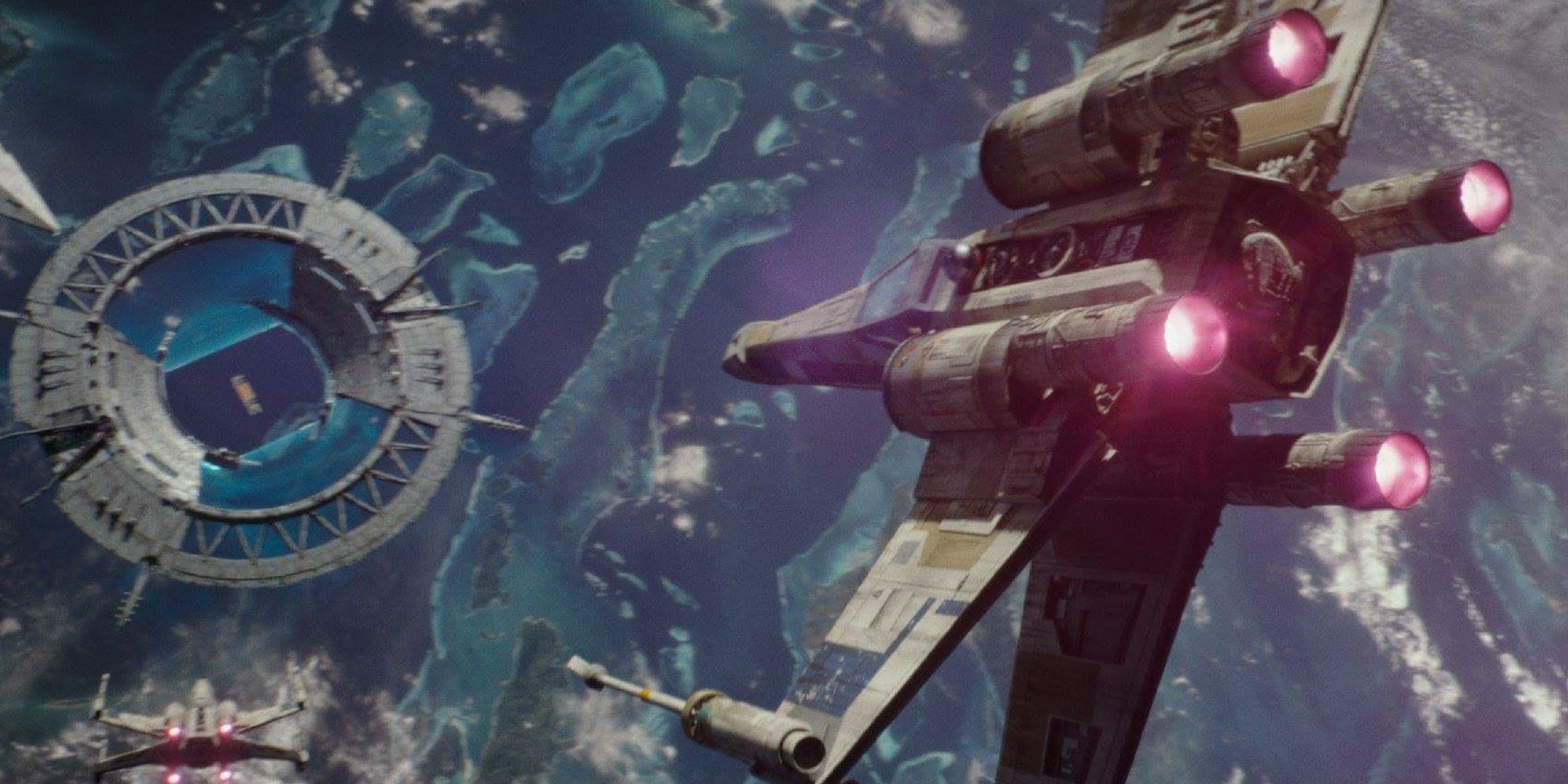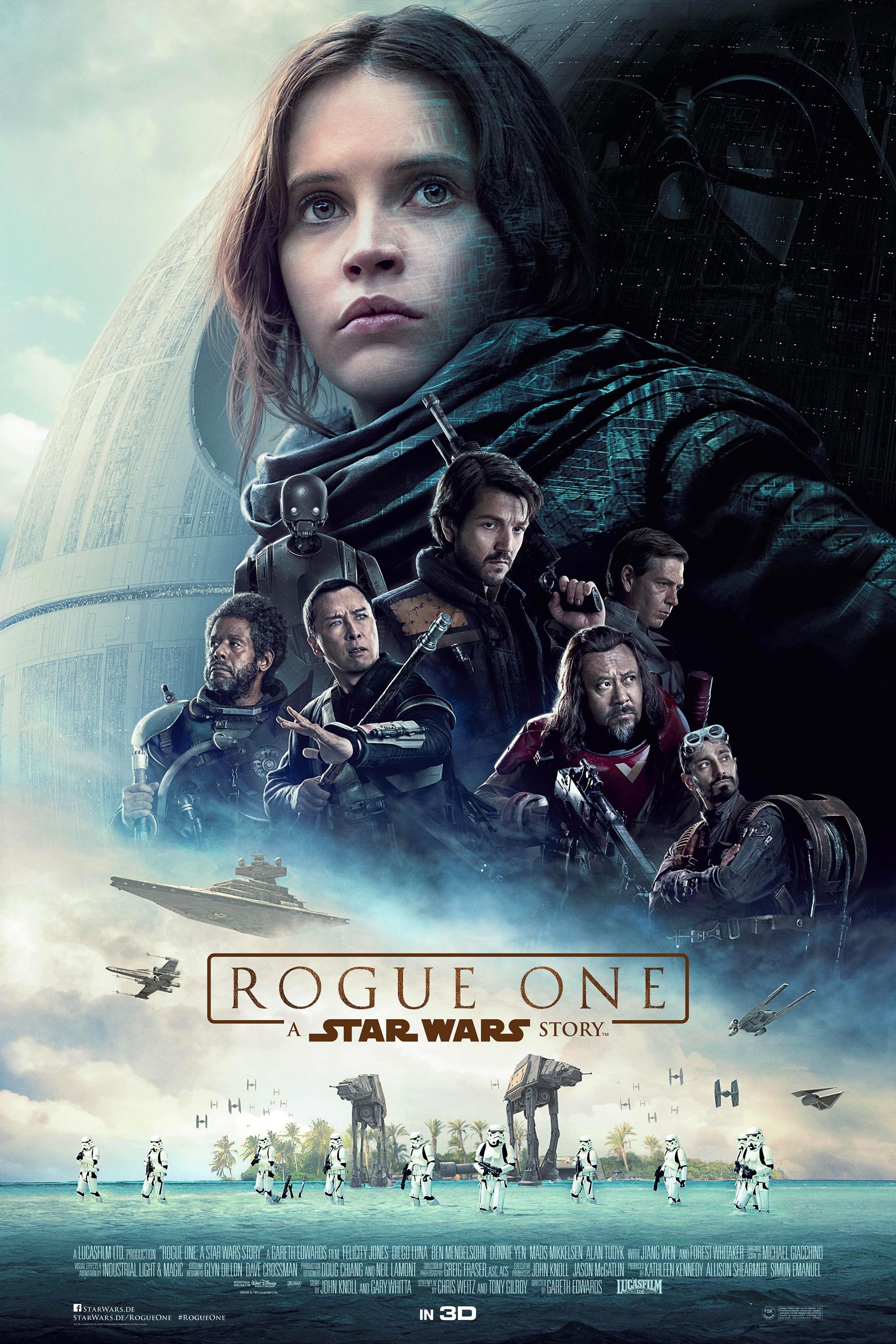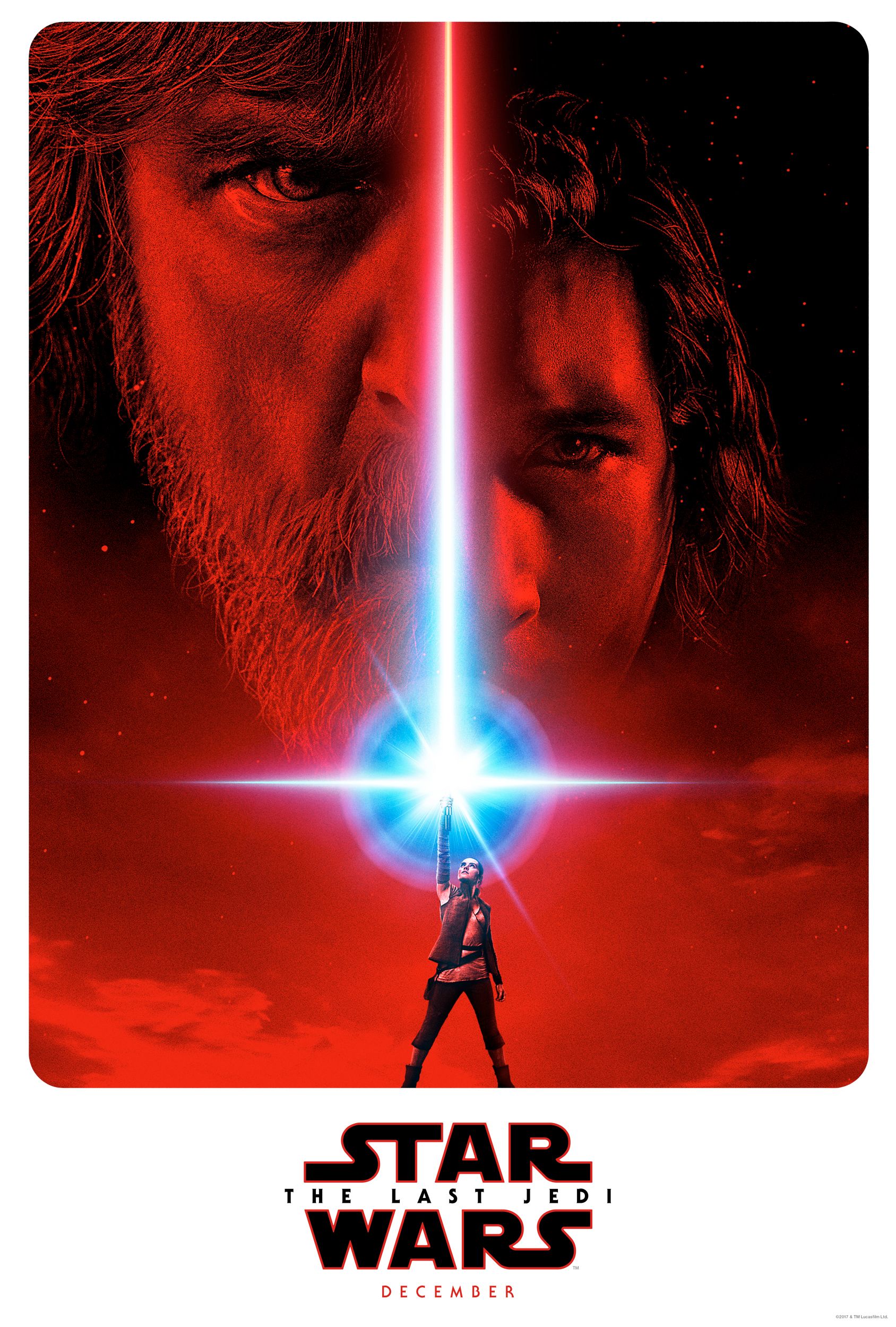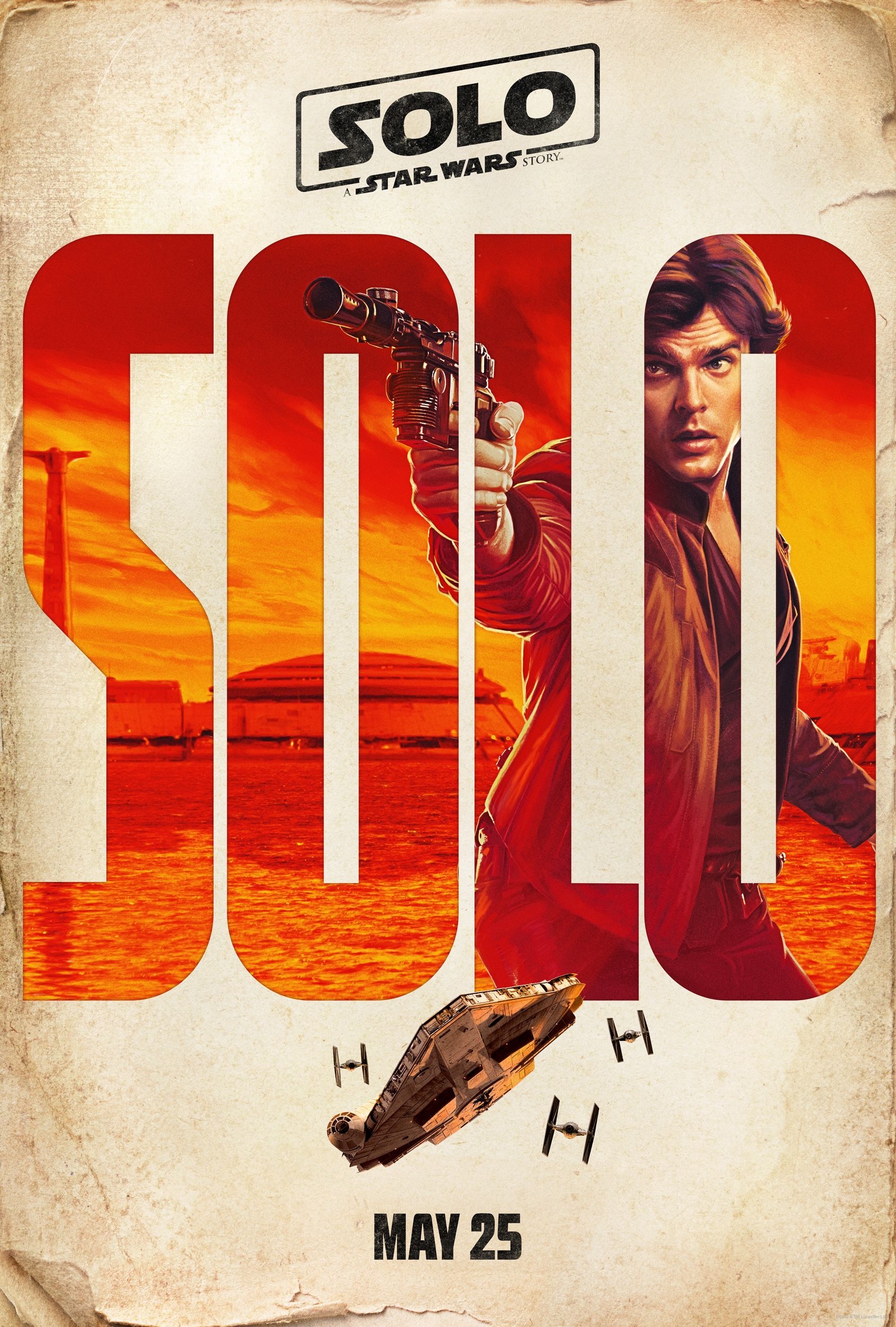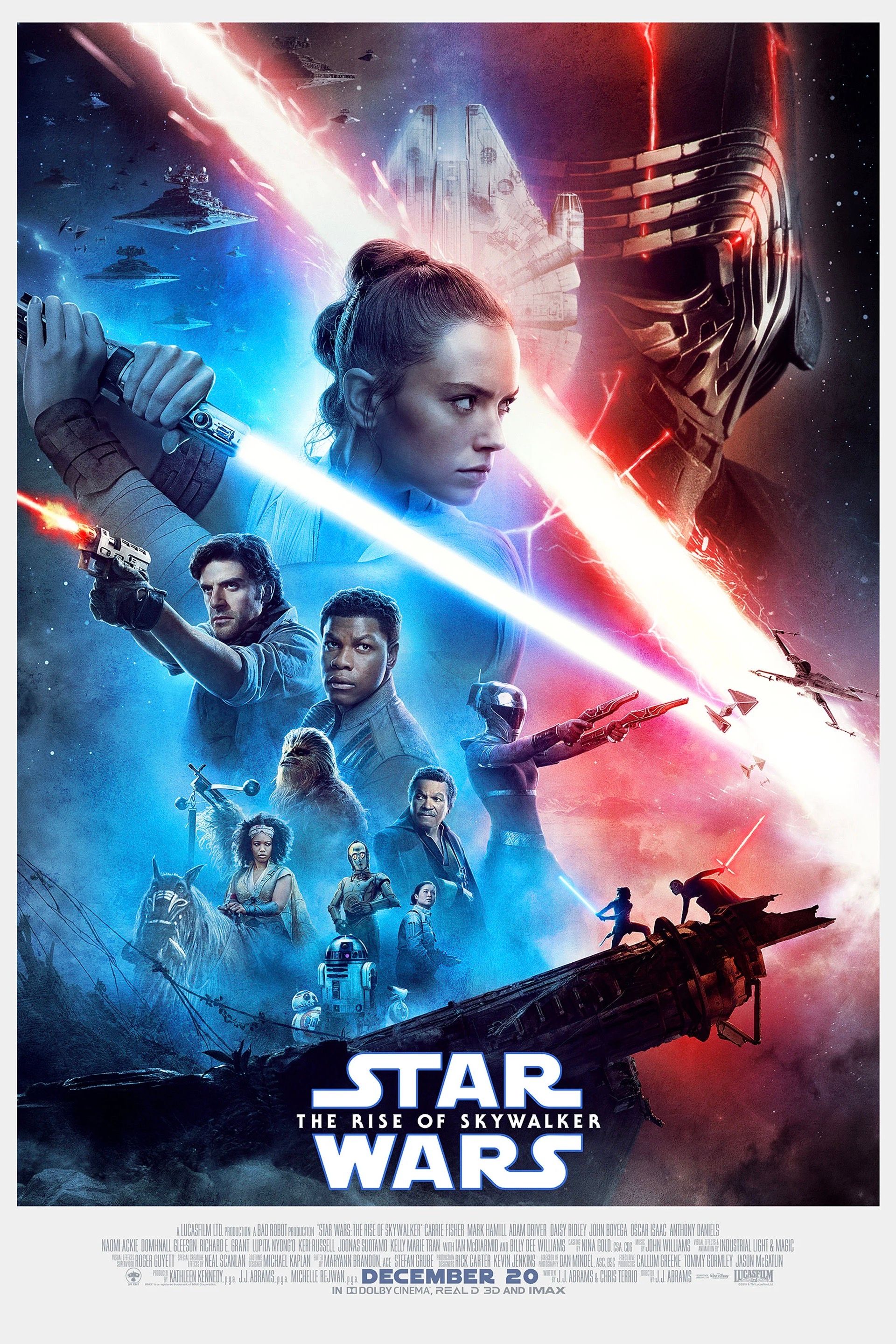For a film made almost 40 years ago on a relatively shoestring budget, Star Wars has had enormous staying power. A large part of this is a result of the groundbreaking efforts of Industrial Light and Magic. The special effects company was birthed by George Lucas to bring his galaxy far, far away to life. Since then, ILM has been one of the key VFX vendors to develop the art and technology that makes the worlds we see in the cinema possible.
The unfolding Star Wars series itself has been a testament to Hollywood's developing craft. George Lucas' early days utilization of computer-generated effects in the Special Editions and follow-up prequel trilogy was a turn off to some fans. Especially early on, CG lacked the tactile feel of the original trilogy's hand crafted props. Fortunately, the Disney-produced Star Wars: The Force Awakens utilized a much better balance of CG and tangible, practical effects to give the film a feeling more akin to the originals. Rogue One: A Star Wars Story, whose release is just weeks away now, appears to have an even more analog aesthetic.
ComicBook.com recently interviewed John Knoll, Rogue One's VFX Supervisor and EP of the film to discuss the project's visual goals. "The overwriting philosophy of [Rogue One]," said Knoll "was to match more how you remember it than how it actually was." One simple example of these subtle improvements is in the costuming for the Imperial Stormtroopers.
"If you've ever seen one of the originals from Star Wars in person, they kind of look like a high school craft project. They're a little sloppy and didn't figure that stuff would quite hold up today. So the ones that are in our movie are from exactly the same original design, it's just a somewhat better execution of that original design. If you take a step back, they look like, 'Wow, that looks like the classic stormtrooper, I love it.' But it's a lot better made than the originals."
Knoll went into a bit more detail about the process of creating a believable fantasy universe:
"As silly as it sounds to make it associated with a Star Wars film, we're trying to go for higher realism and more grounded, but still with all these fantastic elements. You go through a mental exercise of: 'if all of this were real, how would you shoot it, and what would it be like,' and try to let that drive a lot of the decision making."
Considering how far box office tentpole films have come, it seems only natural that there would be subtle improvements to the craftsmanship involved. Perhaps the most interesting takeaway here is that the quality of the prop is still less important than the emotion its design evokes. All the same, it's a pleasure to see such thoughtful work put into making sure that, even 40 years later, it still feels like the same old Star Wars.
Source: ComicBook.com

